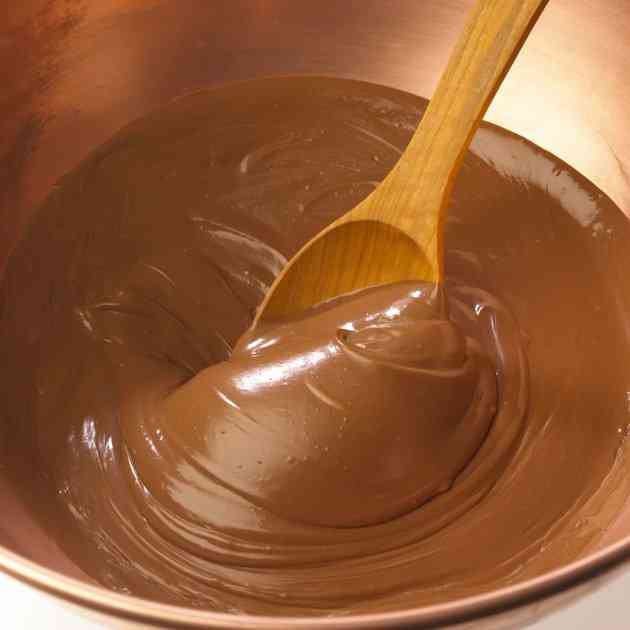Chocolate Intolerance in Children

Chocolate is a favorite of many children, often associated with holidays, birthdays and other celebrations. Chocolate products often contain numerous ingredients, some of which may be beneficial, but many of which can trigger a negative reaction or intolerance. Food intolerance and allergies are common in children and can be misdiagnosed as other conditions and diseases. If you notice symptoms in your child after she eats chocolate or other foods, consult your doctor, nutritionist or allergy specialist about possible causes and solutions.
 Your child may be intolerant of chocolate products. (Image: Jupiterimages/Comstock/Getty Images)
Your child may be intolerant of chocolate products. (Image: Jupiterimages/Comstock/Getty Images)Food Intolerance
Intolerance to certain foods is very common among children and remains relatively common into adulthood. Food intolerance is similar to food allergies, with the difference often being in degree of symptoms. Intolerance often produces less severe symptoms than allergic reactions. Consequently, food intolerance is more difficult to diagnose because it can mimic other conditions, such as mild infections, fatigue and indigestion. Diagnosing food intolerance is further complicated by the fact that children have difficulty with describing symptoms and communicating their discomfort.
Issues with Chocolate
Intolerance to chocolate is especially common among children because chocolate products often contain a variety of ingredients that trigger gastrointestinal problems and low-grade allergic reactions. Common ingredients in chocolate products include cocoa, sugar, milk, gluten, caffeine, nuts, food coloring and other additives. Consequently, it may not be the cocoa in chocolate that is causing your child issues; rather, it may be the fungi or toxins associated with nuts, or an intolerance of dairy products, according to the book "Contemporary Nutrition: Functional Approach." Furthermore, it's possible your child is intolerant to more than one ingredient. Caffeine and high-fructose corn syrup also commonly produce symptoms in children.
Symptoms of Food Intolerance
Symptoms of chocolate intolerance range from mild to severe, depending on the ingredients involved. Mild symptoms include skin rash, gastrointestinal upset, nausea, flatulence, fatigue, headache, coughing and running nose, according to the book "Public Health Nutrition." More serious symptoms include hives, respiratory distress, dizziness, burning sensation in the throat, swelling in the mouth and around the face, anxiety, behavioral problems, vomiting and diarrhea. If you child seems confused or disoriented or has difficulty breathing, seek medical attention immediately.
Recommendations
Understanding which component of chocolate is causing your child distress is important and can be accomplished with allergy testing. If nuts are the problem, for example, buy chocolate that is nut-free and not made alongside products containing nuts. If dairy is the problem, buy dark chocolate with a high percentage of cocoa. If cocoa is the problem, then consider other sweet treats made with honey, stevia or other natural sweeteners. In general, the darker the chocolate, the more cocoa powder it contains.




